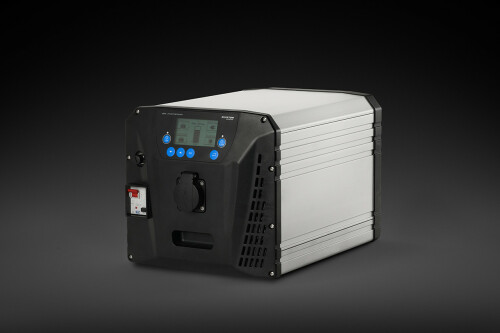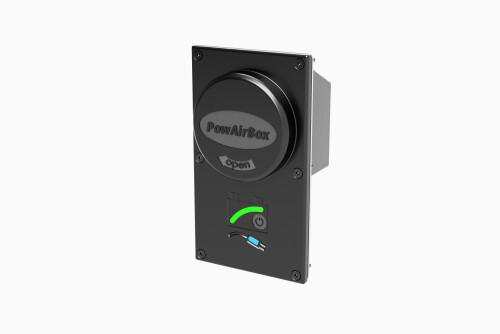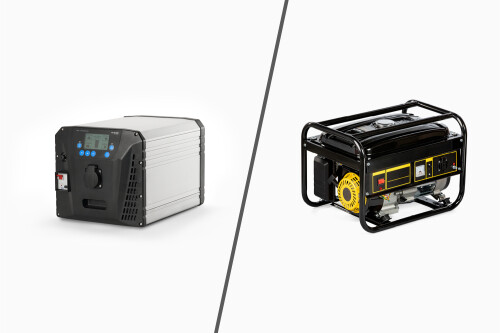

Total cost of ownership: Why an LPS II pays off in more ways than one
Whether for incident command, medical care or the illumination of emergency sites: Mobile power is indispensable in emergency vehicles these days. This is often provided via the running engine or external generators, which has considerable consequences for operating costs, the environment and equipment wear and cost.
But there is another way: with the LPS II, we offer a compact lithium power supply that supplies emergency vehicles with energy efficiently, safely and sustainably while significantly reducing overall operating costs.
1. Ecquisition costs: Investment with rapid amortisation
The LPS II is available in various performance levels and makes economic sense from the very first day of use. Depending on the version, the system amortises within 2 to 10 months for new vehicles - for retrofits usually less than 2.5 years.
Compared to a diesel/petrol generator, the LPS II:
lighter and more compact
easier to install (less than 2 hours)
immediately ready for operation (plug and play)
low maintenance
silent and emission-free
2. Maintenance and servicing: less effort, more availability
Every minute of idling in an emergency vehicle means additional wear on the engine, exhaust system and cooling unit. This results in more frequent visits to the service centre and the associated downtimes. The LPS II prevents this additional wear. The power supply is independent of the vehicle engine - reliable, quiet and low-maintenance.
3. Operating costs: saving fuel without compromise
Emergency vehicles are often deployed with the engine running. Fuel costs of up to €805 per vehicle per year are incurred for the power supply alone. With 100 vehicles, this adds up to over €80,000 per year. With the LPS II, these costs are reduced and budgets are relieved in daily operations.
4. Energy capacity: power for the entire day of use
The LPS II reliably supplies 12 and 230 volt consumers such as radios, laptops, medical devices or LED lighting systems. The energy is sufficient for an entire day of use without idling. The LPS II is charged while travelling via the alternator or optionally via a solar panel and mains connection (e.g. via the PowAirBox II).
5. Service life and reusability: for today and tomorrow
The LPS II is durable, robust and can be easily transferred to a new vehicle. This reduces the overall long-term costs and makes the investment particularly sustainable. A real advantage for anyone who has to budget with public funds.
A solution that works on many levels
In addition to the clear economic savings, the LPS II impresses with a number of other advantages: The changeover to electric solutions significantly reduces CO₂ emissions and thus makes an active contribution to the sustainability goals of cities, municipalities and organisations.
The elimination of engine and generator noise also noticeably improves the working conditions of the emergency services. This is particularly the case during night-time operations or in sensitive areas. Increased exposure to carbon monoxide is avoided and communication between the emergency services and with patients becomes much easier. In this way, organisations show responsibility towards their employees, the environment and the population.
Would you like to find out more?
Visit us at the RETTmobil in Fulda and experience the LPS II and other sustainable solutions for mobile power supply live in action. We will be happy to discuss with you how you can equip your emergency vehicles efficiently and future-proof and at the same time permanently reduce your operating costs.
Arrange your personal appointment at our exhibition stand now; we look forward to meeting you!
Exhibition stands (B 1915 | J F41)
You may also be interested in these articles:
-
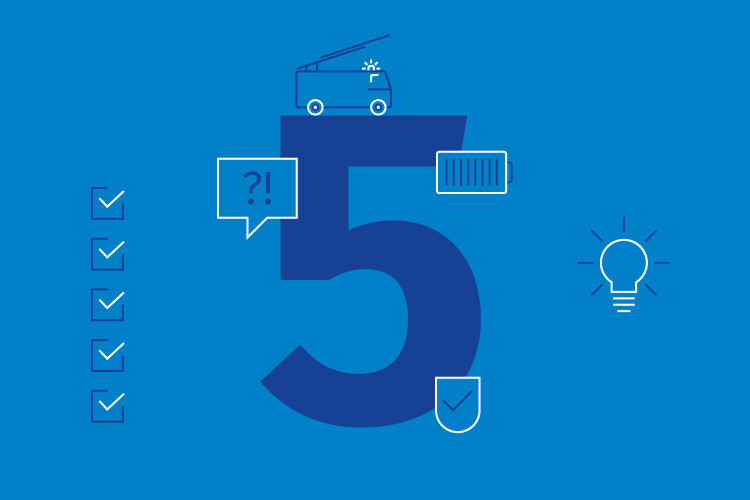
5 myths about the electrification of emergency vehicles
In this article, we clarify five common misconceptions and show which LEAB solutions help to ensure a safe and efficient power supply.
-
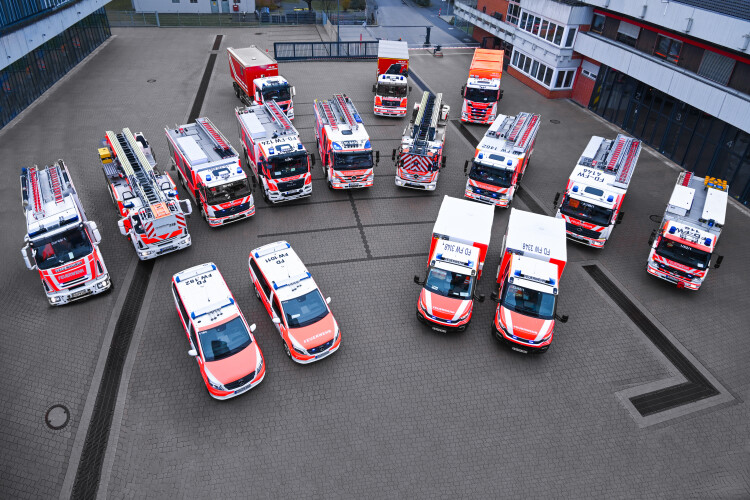
New energy for the Fulda fire brigade
We supported the Fulda fire brigade in converting their vehicles to the PowAirBox II. You can find out how this came about here.
-
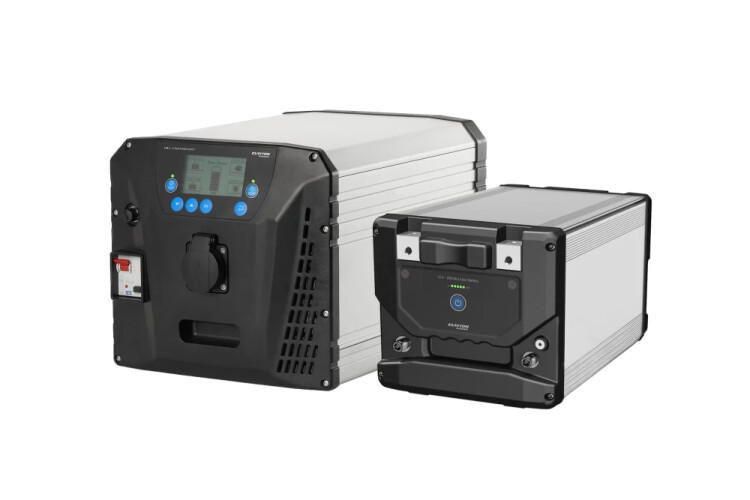
LPS II capacity expansion for demanding applications
Wherever an exceptionally long-lasting energy supply is required, LEAB now offers the option of increasing the capacity of the LPS II unit. Find out how this works here.
-
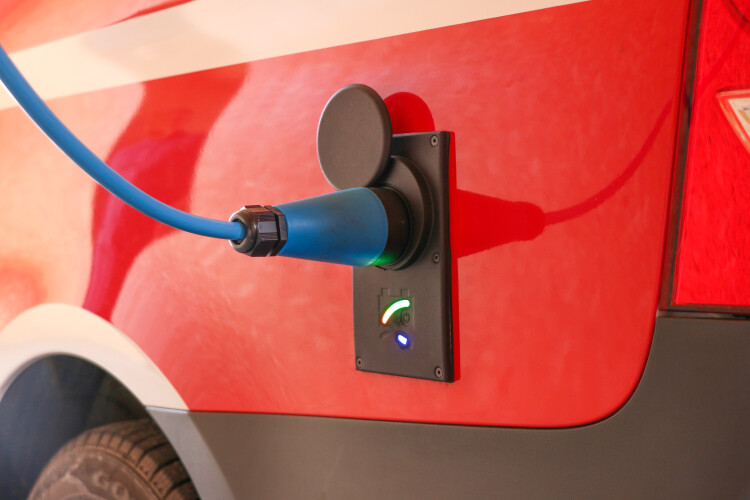
Simple conversion to the PowAirBox II - a quick guide
Converting to a new system is also a major challenge for many users in the mobile power supply sector. This can be out of concern about doing something wrong, out of convenience or a fundamental scepticism towards change. But with the PowAirBox II, we can assure you that it couldn't be simpler.
